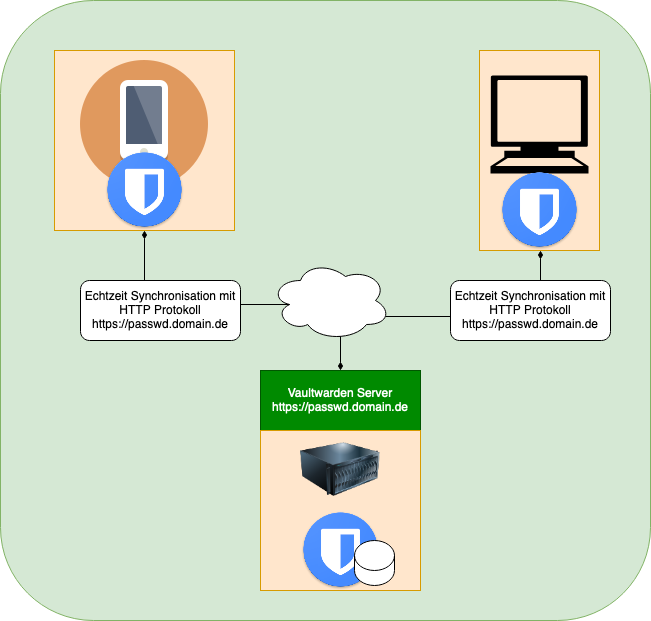

It’s now called Vaultwarden, but it works and acts the same. My containerĬurrently running the container is a slightly evolved version of the original Bitwarden password manager solution. It turns out, and the cost is a crucial factor here. So, I set out to compare the different options. While I’m pleased with how Docker (the service that runs container-based images) performs on my Synology DS1821+ NAS device, I’ve been thinking of a way to host these containers in Azure. I connect to this service via all of my devices, and if it doesn’t work, I might be locked out of one or more of my other services. I run it locally on my Synology NAS in a Docker container ( read here for details on this setup). One of those is my password manager, called Bitwarden. When I write crucial, I mean that they are services I rely on and would like very much for those services to be running when I need them the most. Īfter the first user has been setup and tested, you can uncheck the Allow new signups in General settings in the admin interface. This is recommended since everyone who will be able to guess your domain name would be able to create a Vaultwarden account otherwise.Thanks for reading my blog! If you have any questions or need a second opinion with anything Microsoft Azure, security or Power Platform related, don't hesitate to contact me.Īt home, I have a few essential services I need to keep running at all times. With these settings configured, Vaultwarden should be up and running and you can access it using. The email server settings under SMTP email settings.

There are two things that you need to configure here: Now we need to configure vaultwarden using the admin interface. You need to use https, http won’t work due to some browser limitations. Now you need to configure your reverse proxy server to point. This will automatically start vaultwarden. Next, we’ll create a systemd service to autostart docker-compose: curl -fsSL | sudo bash /dev/stdin Now place your docker-compose.yml: version: '3.4' Not using a unique, random password here is a huge security risk since it will allow full admin access to Vaultwarden! ADMIN_TOKEN=iqueingufo3LohshoohoG3tha2zou6

env file with random passwords (I recommend using pwgen 30). Run all the following commands and place all the following files in the /opt/vaultwarden directory!įirst, we’ll create a. on CoreOS), first we need to create a directory. In order to setup Vaultwarden in a docker-compose & SQLite based configuration (e.g.


 0 kommentar(er)
0 kommentar(er)
